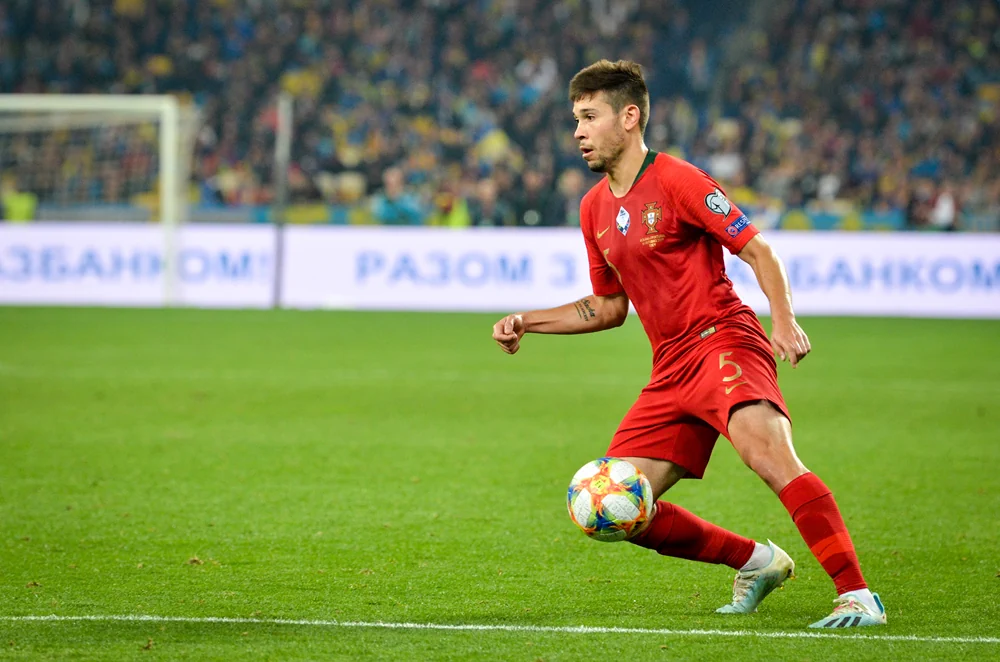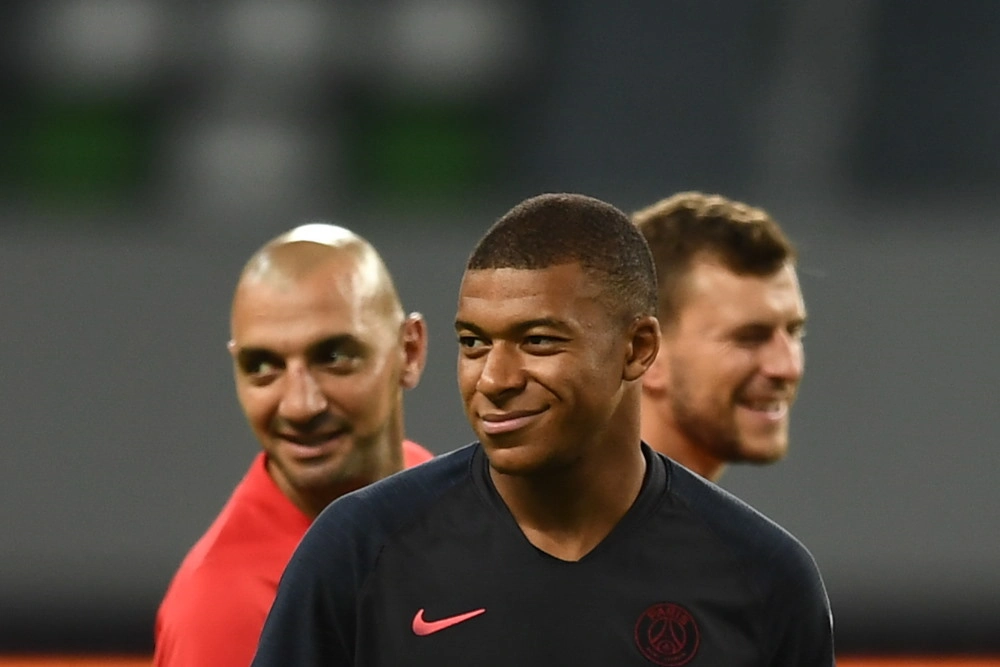INF Clairefontaine, the academy of French dreams
There are just a few football academies worldwide that have been as successful as the INF Clairefontaine, where the best young players in the region have the opportunity to prepare and train to make the leap to the best clubs in France. Some of the best players of the last decades formed in the country have emerged from Clairefontaine, which is the cornerstone of the entire project of developing talents in France.Despite the recent victories of the French team, both at senior and youth level, this was not always the case since, prior to the creation of the academy, France had only won, as major trophies at the senior level, the Euro 1984 and the Olympic games of the same year.
History
In 1976, after the French national team was unable to qualify for the previous two World Cups, Ferdinand Sastre, president of the French Football Federation at the time, proposed the creation of a high-performance center for young football players in France and for the national team to have a fixed concentration point with all the necessary conditions to guarantee all the comforts of the players and coaches. In 1982, construction began in Clairefontaine-en-Yvelines, approximately 50 km from Paris in the middle of the Rambouillet forest, on the castle of Montjoye.The center was officially inaugurated in 1988, four years after France won its first major trophy and allowing the 1984 triumph not to be something isolated, but to become the starting point of a project that would continue to grow over the years, reaching their greatest peaks of success in the 1998 and 2018 World Cups.
How does Clairefontaine work?
The French Football Federation has technical advisors (around 300) spread throughout the country and uses a pyramid system where they filter the best players, first from the district and then from the region to concentrate them in an annual session at the main facilities of Clairefontaine, to then make a selection and distribute them in some of the 25 centers that the Federation has around the country, according to the proximity to the town of residence of the young person.Originally, INF Clairefontaine focused on the training of players between the ages of 16 and 18, that is, the stage prior to their professional debut, although they found themselves at a point where they seemed to compete with the rest of the clubs when in reality, the intention of the center was to complement itself with those clubs. In this sense, Clairefontaine began to focus on players from 13 to 15 years old so that they could later continue their formation in clubs that had teams at a professional level. Additionally, in recent years, the center has accommodated the training of young female players, with France being one of the nations with the greatest progress in relation to women's football worldwide.
INF Clairefontaine, in addition to being a headquarters used by the French national teams, also serves, through the French Football Federation, as a kind of connecting thread between the different categories of the French team that allows for continuity and monitoring of the players with a view to being part of the senior team. The fact of being able to bring together the best players of the region in the same training center allows young players to discover for themselves their strengths and weaknesses when facing the highest level that their category can offer at a national level.
Players that comes from Clairefontaine
Here are some of the most notable players who have passed through Clairefontaine since its birth:Nicolas Anelka: At the age of 14, he joined Clairefontaine from the humble Trappes Saint-Quentin and stayed there until he was 16 when he signed for Paris Saint-Germain. At that age he made his professional debut with the Parisian club attracting the attention of major European clubs, with Arsenal signing him at just 17 years old. Later, he would sign for Real Madrid, beginning a journey through many teams such as PSG (again), Liverpool, Manchester City, Chelsea, Fenerbahce, among others. With the under-18 and senior teams of France he was European champion.

Thierry Henry: One of the icons of the training center, despite the fact that he only stayed at Clairefontaine for less than a year, because he became the first world star to emerge from there. Henry moved to Monaco after his brief spell at Clairefontaine, where he excelled until he was part of France's under-20 and senior team, with which he was European and world champion, as well as becoming a legend for England's Arsenal.
Medhi Benatia: The Moroccan born in France, arrived at the training center at the age of 13 and at the age of 15 began a journey that took him to different French clubs until he signed for Udinese in 2010, beginning an important "tour" of Europe with clubs such as AS Roma, Bayern Munich or Juventus. Despite having represented France at under-18 level, he played for Morocco's under-20 national team and senior.

There is argument to be made that Mbappé is the culmination of years and years of Clairefontaine developing, leading us to a player of this caliber.
